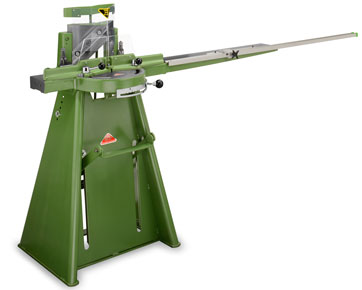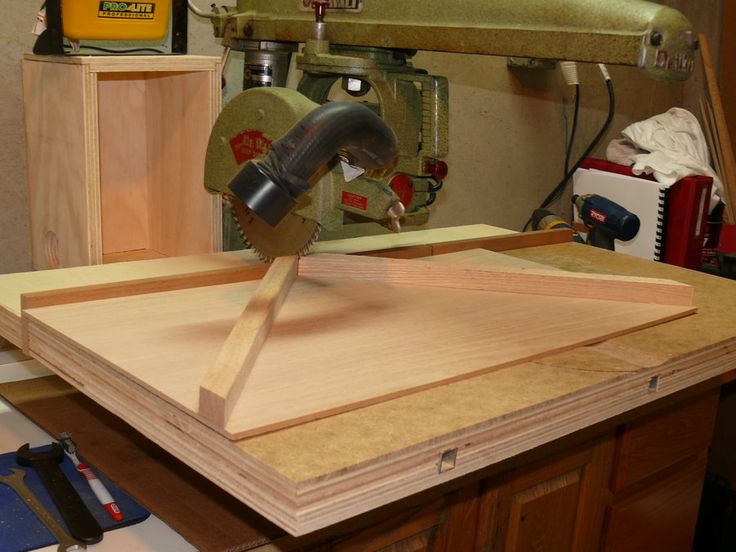skeetstar
Established Member
Folks, a question, how can I get dead on 45deg cuts for making picture frames?
I have a Makita 8in SCMS, and using that I can cut the faces of the joint square, but I cant get the angles to 45deg. When I measure the blade to fence angle it looks to be 45deg, but the joint made with two such cuts is not 90deg.
I am not good enough to cut them by hand.
I made a jig to sit on the bed of the Makita, but that doesn't deliver the accuracy I want.
My next plan would be to make a 45deg shooting board, but experience with the jig I made suggests that wont be any better.
I've seen folks recommend an iterative process with shims against the saw fence cut, measure, adjust and repeat until correct. that may be the way I have to go, but just wondering if anyone had any better tips.
I have a Makita 8in SCMS, and using that I can cut the faces of the joint square, but I cant get the angles to 45deg. When I measure the blade to fence angle it looks to be 45deg, but the joint made with two such cuts is not 90deg.
I am not good enough to cut them by hand.
I made a jig to sit on the bed of the Makita, but that doesn't deliver the accuracy I want.
My next plan would be to make a 45deg shooting board, but experience with the jig I made suggests that wont be any better.
I've seen folks recommend an iterative process with shims against the saw fence cut, measure, adjust and repeat until correct. that may be the way I have to go, but just wondering if anyone had any better tips.








